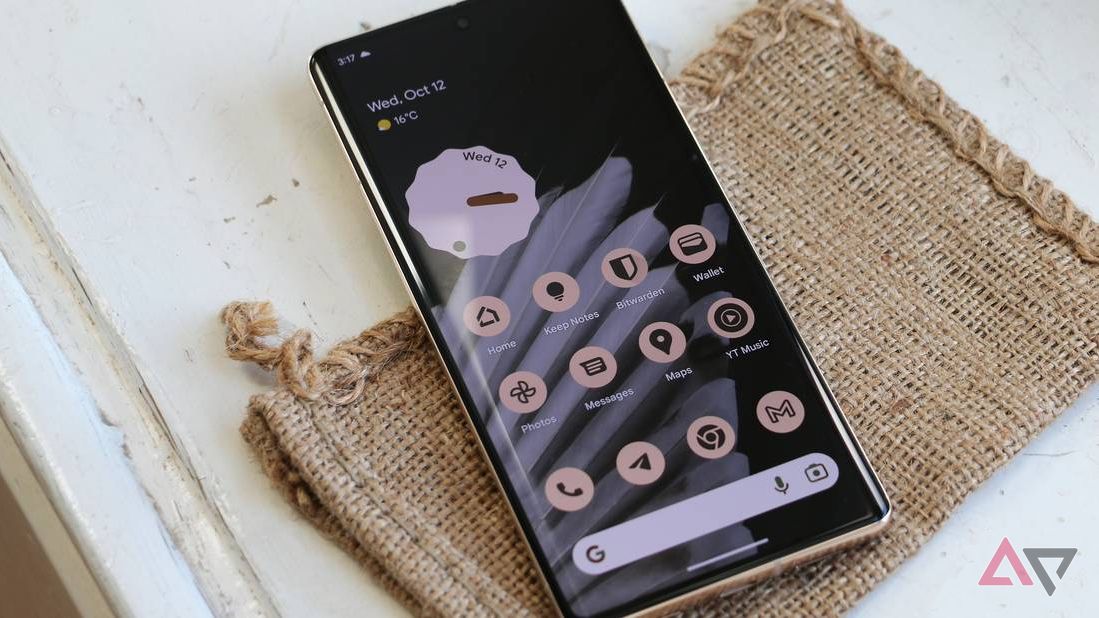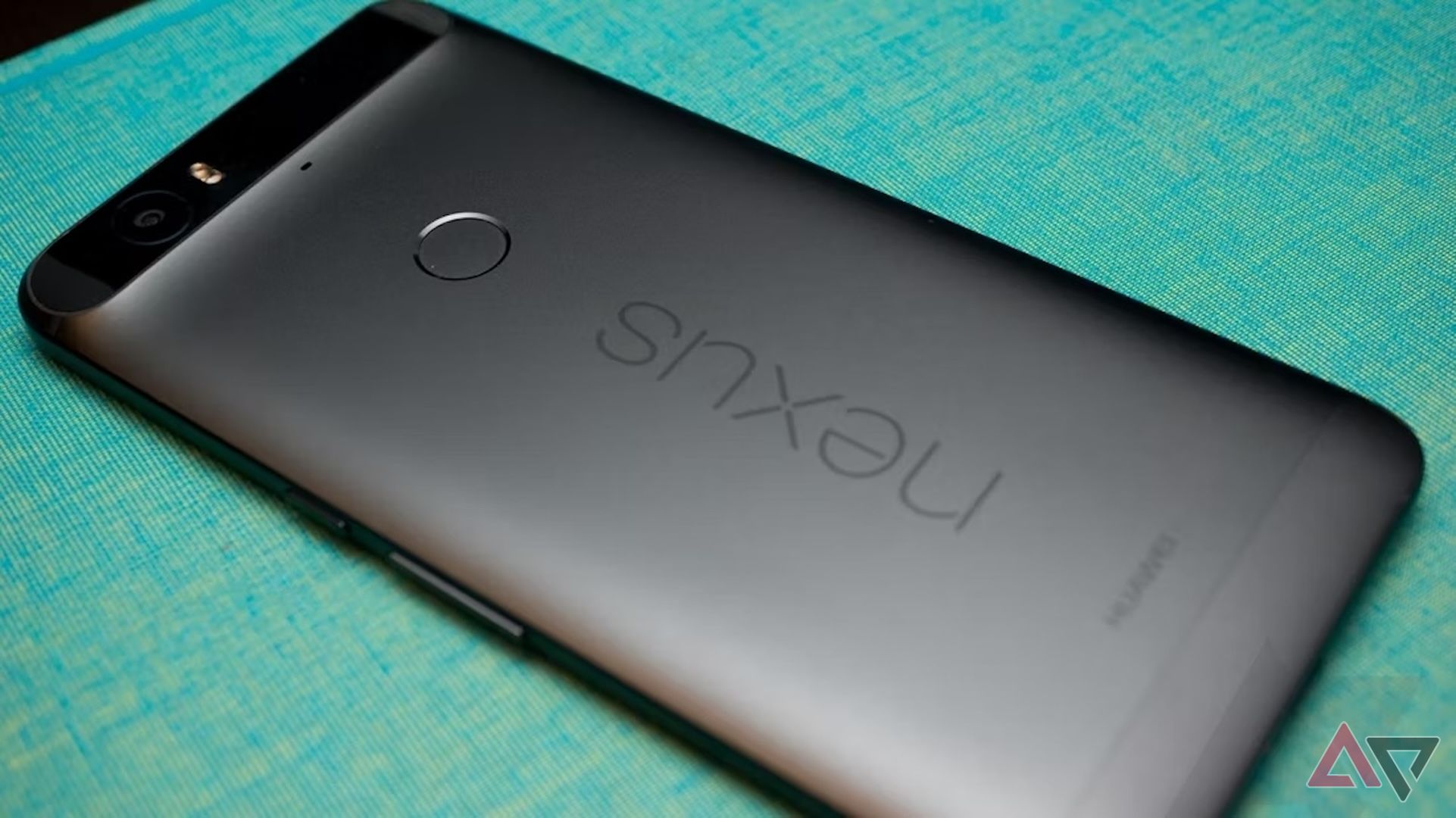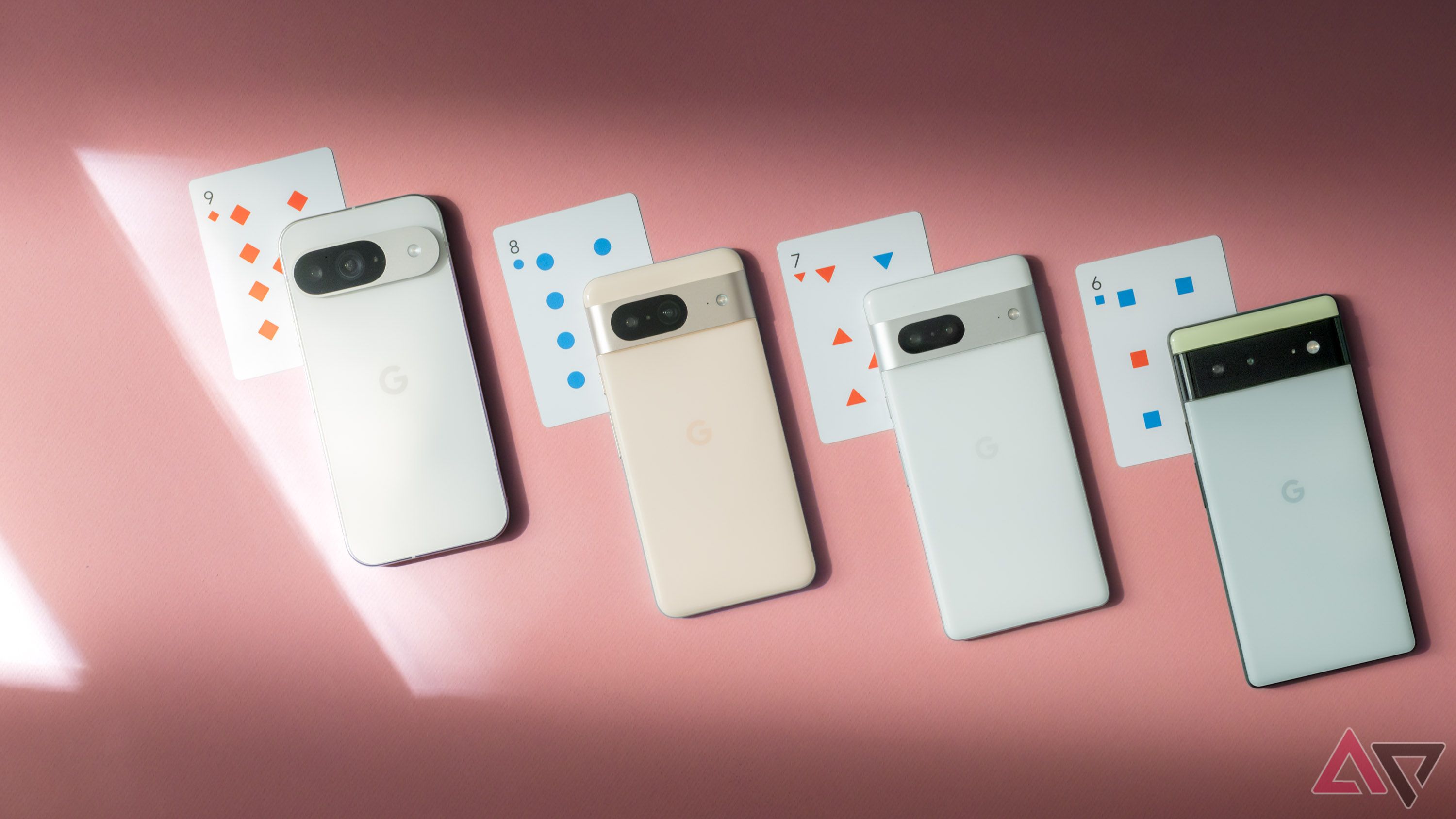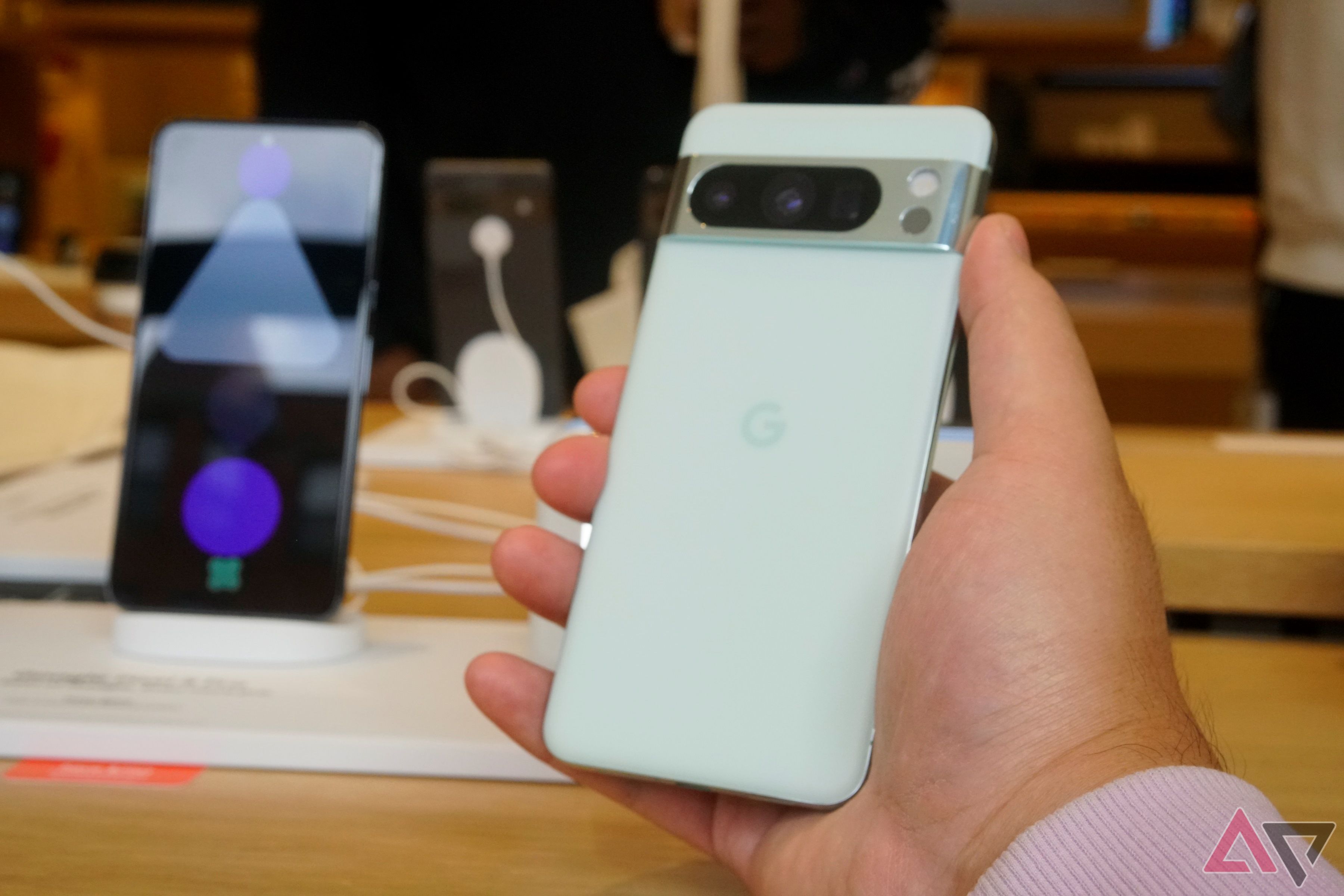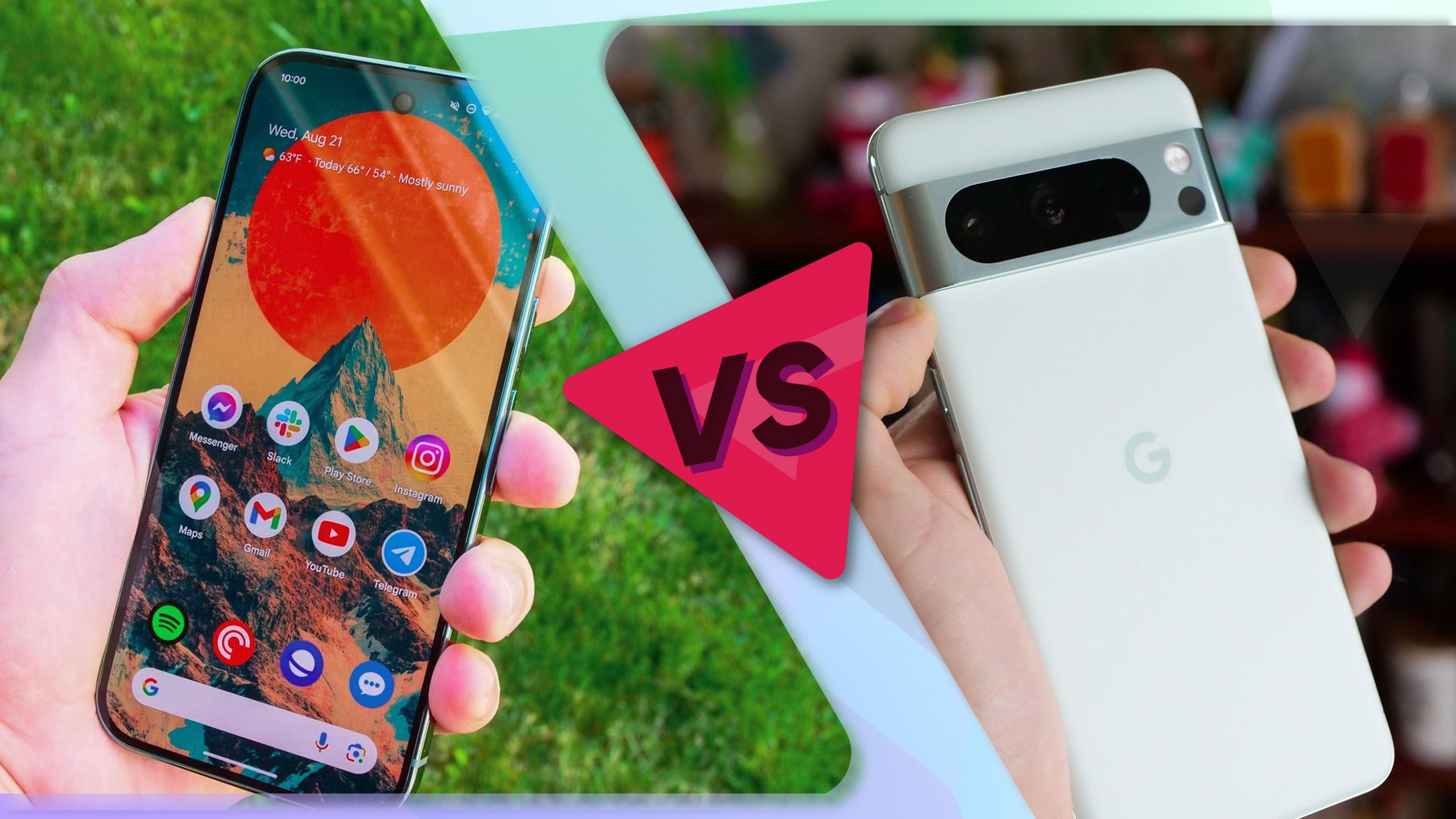I’ve used almost every Nexus and Pixel phone launched since the Nexus 4. I admit I was a Nexus and a Pixel fanboy back then, eagerly upgrading to Google’s newest phone every year even if my current device worked fine. With every new Pixel, I wished the company would sort out the issues that plagued the previous generation; typically, this included a longer runtime, a less buggy experience, and smoother overall performance.
Twelve years after the Nexus 4’s release, and following a year of using the Google Pixel 8 Pro, I’m disappointed to say that not much has changed — it’s still the same old story.
The Pixel experience has consistently been flawed
There’s always a compromise
Using a Google phone means compromising on some aspects. The issues with Nexus phones usually varied from poor battery life to less-than-flagship specs to underwhelming camera performance. They excelled with their smooth software experience, but the hardware always fell short in one way or another.
I remember being disappointed with the Nexus 4’s camera and battery life, hoping Google would address them with its next phone in 2013. The Nexus 5 fixed one of its predecessor’s major flaws; its 8MP rear shooter could take stunning pictures, but the phone again fell short in the battery life department.
Over the next few years, Google’s Nexus phones cycled through these issues. They had poor build quality, packed mid-range specs, or the camera performance wasn’t up to the mark. The Nexus 6P came tantalizingly close to delivering the “perfect” Nexus experience, but was dragged down by its flimsy build quality.
Given their affordable price tag, the Nexus’ shortcomings were easy to overlook. While not perfect, they provided a smoother experience than other Android phones on the market at the time. Plus, being the first to get a new Android update was a big deal back then.
Being a true Google fanboy, I kept upgrading to the latest Nexus or Pixel phone every year, until I got the Pixel 3 XL in 2018. Its terrible battery life frustrated me so much that I switched to using a Samsung flagship. I sold that Pixel within days of getting my hands on it due to the buggy experience and horrific battery life; I felt cheated and decided not to buy a new Pixel phone in the future.
Google turned a new leaf in its smartphone efforts with the release of the Pixel 6 in 2021. It packed impressive internals, superior camera hardware with bigger and better sensors, and a more premium build quality.
On paper, it seemed like Google finally delivered its best Android phone, but the reality could not have been different; poor battery life, sub-par performance, overheating issues, and connectivity woes were just some of the problems affecting Google’s revamped Pixel phone. As time passed, reports of the front cover glass spontaneously shattering also popped up.
I was tempted to buy the Pixel 6 when it first launched, but after my awful experience with the Pixel 3 XL, I chose to wait a few months before deciding. In the end, holding off on getting Google’s flagship Pixel in 2021 turned out to be the right call.
Google keeps disappointing me with Pixel phones
Nexus or Pixel, the experience is disappointing
I gave in to the temptation the following year and got the Pixel 7 Pro. Again, it seemed like Google had fixed all the Pixel 6 Pro issues and delivered a better, more refined package. When I got the phone, I was happy with its performance and camera, with the clean Android experience being the cherry on top. It made me realize why I preferred Nexus and Pixel phones over other Android phones in the past.
As time passed, however, the same issues cropped up. The Pixel 7 Pro had a strictly average battery life; if pushed hard, it could not last a day, and its battery life dropped rapidly when using mobile data. While the general system performance was smooth, the Tensor G2 chip wasn’t powerful enough to run heavy games or quick video editing tasks. Worse, it overheated easily, even while doing relatively basic tasks.
Within a few months, I regretted spending money on the Pixel 7 Pro, with the sub-par Exynos modem and poor battery life being the biggest source of frustration. I stuck to the phone for a few months because of its amazing cameras before eventually switching to the Samsung Galaxy S23 Ultra. Once again, I felt cheated by Google for launching a phone that failed even at basic tasks.
The Pixel 8 Pro falters just like previous Pixels
Poor battery life, connectivity problems, and overheating issues
Despite the disappointing Pixel 7 Pro experience, I ordered the Pixel 8 Pro on day one, even though Google initially only launched the 128GB variant in India. It appeared that Google had addressed all the shortcomings of the previous two Tensor generations with the Tensor G3. The phone also packed an improved display, a solid build quality, and some excellent camera upgrades.
But again, the same story played out. I was initially happy with the Pixel 8 Pro, enjoying the clean and smooth Android experience and its cameras. Yet, as the honeymoon period wore off, I disappointingly realized Google’s 2023 flagship Pixel suffers from the same issues as its predecessor: inconsistent battery life, connectivity problems, and overheating issues.
A year later, I regretted being fooled by Google again and spending my money on the Pixel 8 Pro. Despite all the praise the phone received, it was nowhere near worth its $999 launch price tag. For around $600, which is what the phone is available for nowadays, it’s easy to overlook its shortcomings.
Google has burnt me enough
The Pixel 9 series appears to deliver the perfect Pixel experience. There are no overheating issues, and Google replaced the poor Exynos modem with a newer version that provides better connectivity. The battery life is also good enough to last a day, with fast charging speeds finally getting a bump.
However, Google has burned me so many times that I’m wary of spending money on the Pixel 9 Pro or Pro XL. And while the Tensor G4 is a step-up over previous Tensor chips, it still falls behind offerings from Qualcomm and MediaTek. And I’m not even comparing it to Qualcomm’s Snapdragon 8 Elite SoC, which will power future Android flagships. There’s a performance and efficiency gap of a few generations between the two chips.
The Pixel 10 series will reportedly use a Tensor chip developed in-house by Google and fabricated on TSMC’s superior and efficient nodes. This will hopefully help Google’s chip catch up to its competition, at least in terms of efficiency and battery life. Even if that happens, based on my experience with Pixel phones and how difficult it is to design a new mobile SoC, I won’t order the Pixel 10 series on launch day. Google has disappointed me enough.
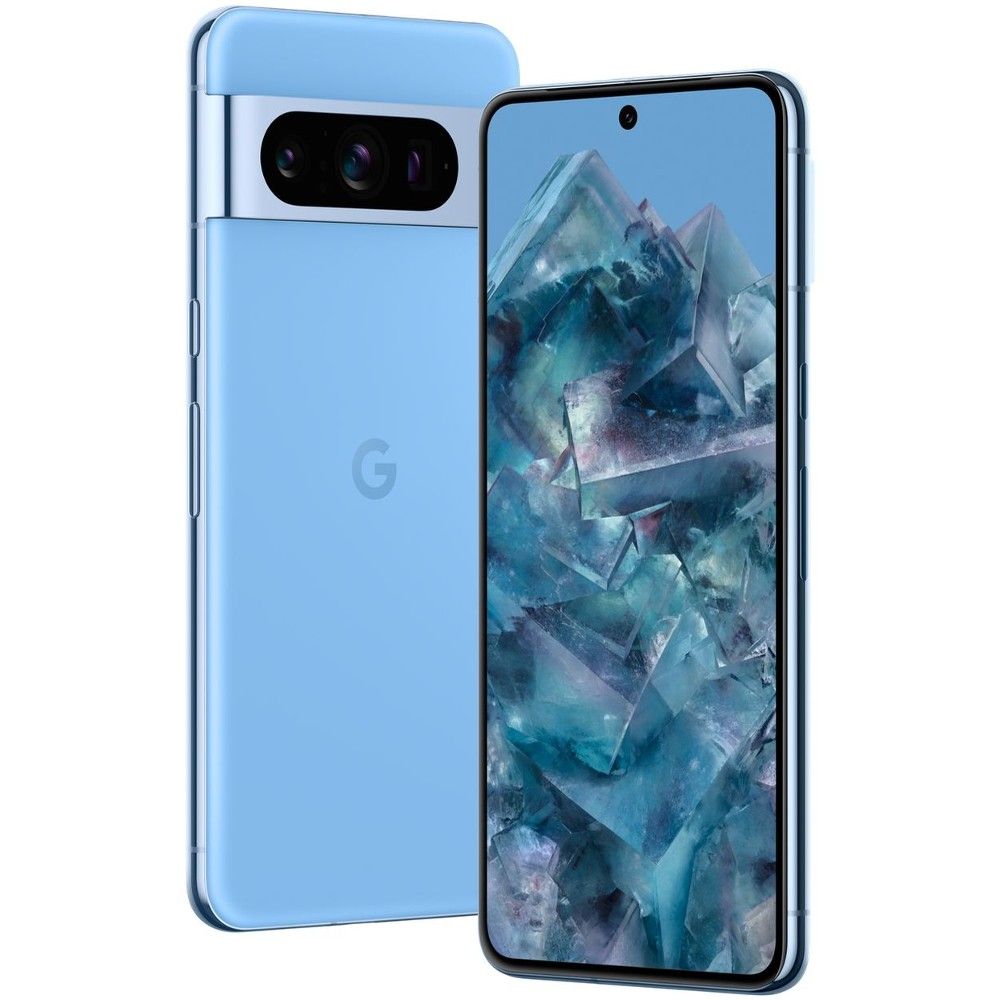
Google Pixel 8 Pro
$749 $999 Save $250
The Google Pixel 8 Pro boasts a Tensor G3 chip, a brighter screen, and a camera array capable of capturing even more light than its predecessor. As usual, the real power lies in Google’s Tensor chip, which offers even more photo enhancement and image editing features.

